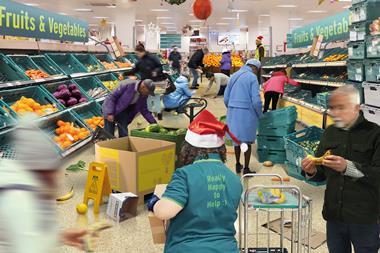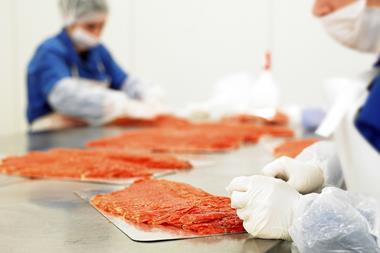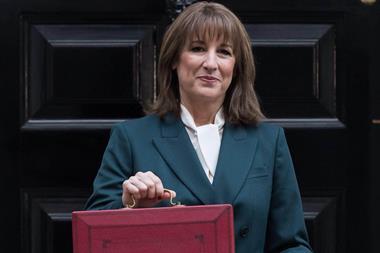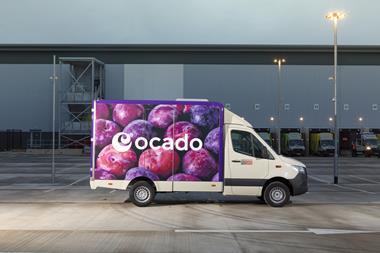Shortly after gender pay gap reporting first became a legal requirement for companies in the UK, analysis by The Grocer found that for every £1 of hourly pay earned by men at the UK’s biggest supermarkets, women earned 85p.
Currently, that figure stands at 93p for each pound earned by a man.
We dug into the stats to see what has changed over the past year.
The 93p figure doesn’t necessarily mean women aren’t being paid equally for doing the same roles. It could just reflect the fact there are more women in lower-paid roles than men. In fact, at the nine retailers we surveyed women made up no more than 45% of those in the highest hourly paid 25% bracket, while they comprised between 60-70% of the lowest paid quartile of employees at six of the supermarkets.
The supermarkets analysed are: Aldi, Asda, Co-op, John Lewis (which includes statistics for Waitrose), Iceland, Lidl, Morrisons, Sainsbury’s and Tesco.
Once again, Lidl is alone among the UK’s biggest supermarkets in reporting a median gender pay gap of 0p. Lidl has led the pack since reporting began in 2017-2018, improving from a 3p gap in the first year to a 0p gap each year subsequently, although it did not report during 2020 as a result of the pandemic.
At the other end of the scale, Iceland reports a median gap of 10p, a 2p improvement on 2021 when it reported a gap of 12p.
In statistics: Female representation in the grocery business
Co-op ranked last when reporting first started, with a 13p gap that it narrowed to 6p over the years. However, 2022 represents a slight backslide for the retailer, which has slipped back to a 7p gap this year.
Coming in at a 7p gap, Morrisons made the biggest single-year improvement, closing in on the 12p gap reported last year.
Iceland, Lidl and Morrisons all failed to report their gender pay gap statistics in 2020 when the rules were relaxed to take into account the extra strain placed on retailers during the first wave of the Covid-19 pandemic.
Although Lidl leads on median pay gaps, its mean difference in hourly pay ranks near the bottom of the pack at 10.5%, a 0.4% improvement since reporting began. Co-op and Sainsbury’s have both reined in their mean gap by more than 5% since 2018, however Co-op still trails with its current mean gap at 13.5%
Best-ranked Asda currently has a mean gap of 8%, down 4.5% since reporting began.
Bonuses
Our research shows that of the nine retailers surveyed, women are more likely to receive a bonus than men at five of them. However, the gap in the size of bonuses remains significant, with women taking away only around three-quarters of what men do at six of the nine.
Morrisons, Sainsbury’s, Iceland, Tesco and Asda were all more likely to dish out bonuses to their female employees.
The mean and the median
The mean hourly rate is the average hourly wage across the entire organisation so the mean gender pay gap is a measure of the difference between women’s mean hourly wage and men’s mean hourly wage.
The median hourly rate is calculated by ranking all employees from the highest paid to the lowest paid, and taking the hourly wage of the person in the middle. So the median gender pay gap is the difference between women’s median hourly wage (the middle paid woman) and men’s median hourly wage (the middle paid man).




















No comments yet